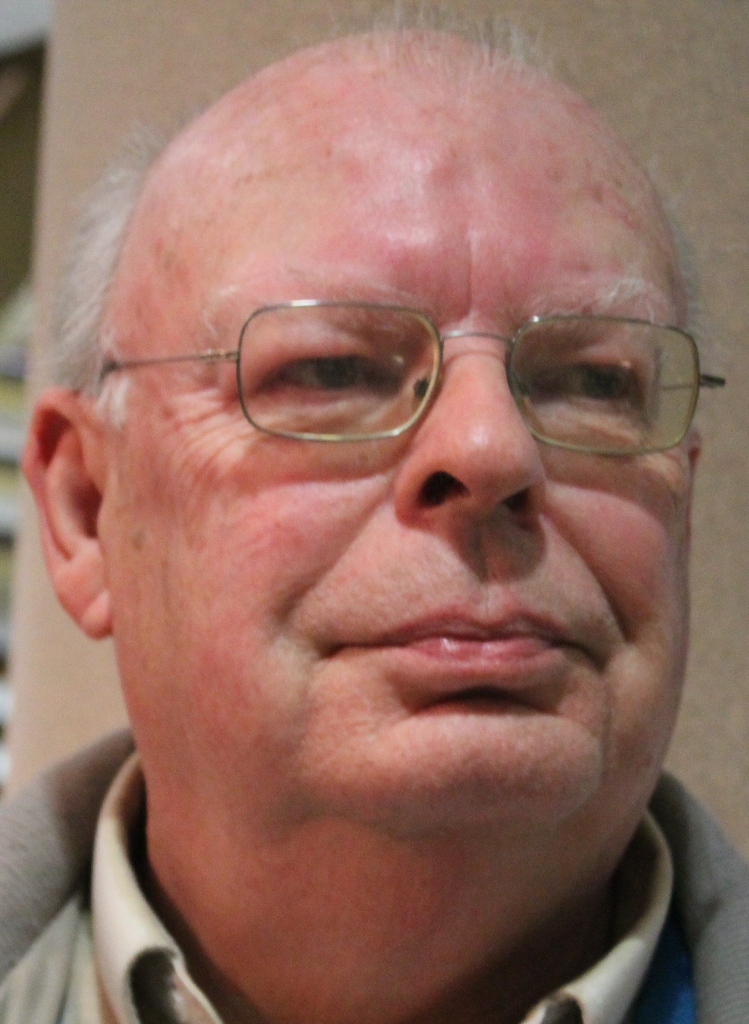The County Line
 Thousands of Hamilton County motorists zip along 116th Street daily between the Geist area and Zionsville or points between. Most have little or no idea of the sites along this route that have contributed to the history and culture of Hamilton County.
Thousands of Hamilton County motorists zip along 116th Street daily between the Geist area and Zionsville or points between. Most have little or no idea of the sites along this route that have contributed to the history and culture of Hamilton County.
For those who have an interest in such things, it is perhaps the most interesting 20-mile drive we have. For starters it’s 116th that geographically divides Indiana between north and south. You may have thought that line was at U.S. 40, but not so.
Near the east end of 116th is Geist Reservoir, created in 1944 by the Indianapolis Water Company to provide Indy with a dependable water reserve. Forty years later the shoreline was developed into one of the most upscale residential areas in the state. West of Geist, 116th is Main Street in Fishers which was a tiny community of 350 residents until the 1970s when suburban development and expansion of its borders made it the state’s fastest growing city with a population of more than 90,000 today.
Further west at White River is the site of Eller Bridge, a Civil War era wooden structure that spanned the river until it was destroyed by fire in 1957. If one looks to the north of the road, a lower roadway can be seen going to the riverbank, and the site of the early covered bridge.
Just across White River the once-popular Northern Beach Park was located on the south side of the road. Its large swimming pool, shaded shelter house and playgrounds attracted families for generations. Developed in the 1920s, it gradually lost its luster in the 1960s and 70s, finally closing in the 80s. A senior living center is now located on a portion of the former park.
A mile or so further west is the Flowing Well, an artesian well drilled 117 years ago by natural gas prospectors. Instead of gas, they hit water which has been spouting to the surface ever since. Folks visit the well often to take jugs of the pure well water. With a modern wellhouse, a small city park dedicated to the pioneer families of the area now surrounds the Flowing Well.
Right across the road is the White Chapel Church. Built in 1853 for a Methodist congregation, it now functions as a non-denominational community church. Its adjoining cemetery holds the graves of some of the area’s early settlers.
A half mile west is the former Mattsville general store. Mattsville, named for Matt Richardson, was what could be called ‘a wide place in the road’ where the store and a few homes were located before subdivisions overwhelmed the area. The store, at the junction of 116th and Haverstick Road, now a private residence, also housed a post office for several years prior to 1930.
Next comes Woodland Country Club at 116th and Keystone. It was created in 1951 by golf master Bill Diddel who lived in a log cabin which he had relocated to the property. The cabin has been expanded by later owners, and other modern homes were built bordering the popular golf course.
Another two or three miles west at the northeast corner of 116th and Clay Center Road is the site of the former Clay Center School. It was a classic rural elementary school with four classrooms and served the area from 1911 until 1956. It was torn down in the early 1960s.
In another mile, one finds Coxhall Gardens Park, formerly the estate of Mr. and Mrs. Jesse Cox who donated the 125-acre tract to the Hamilton County Parks Department in 1999. It features an amphitheater, twin carillons, walking trails, formal gardens, a lake and the impressive Cox mansion.
Finally, at the Boone County line, we find the geographic center of Indiana a few hundred feet northeast of the corner of 116th and Michigan Road.
All in all, this main artery across southern Hamilton County offers an interesting look at the transformation of an iconic country road to the busy suburban byway it is today, with so much local history in its wake.
